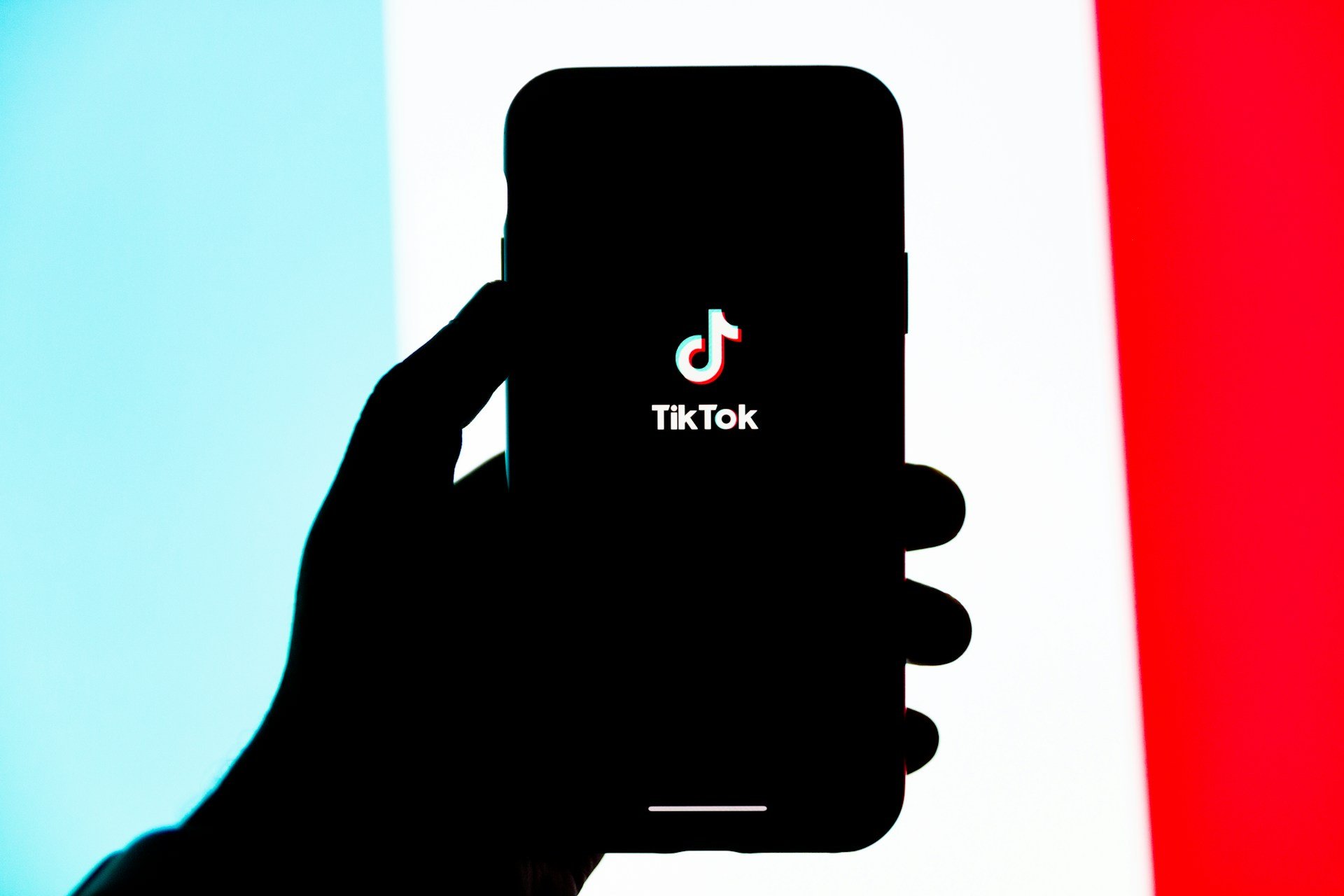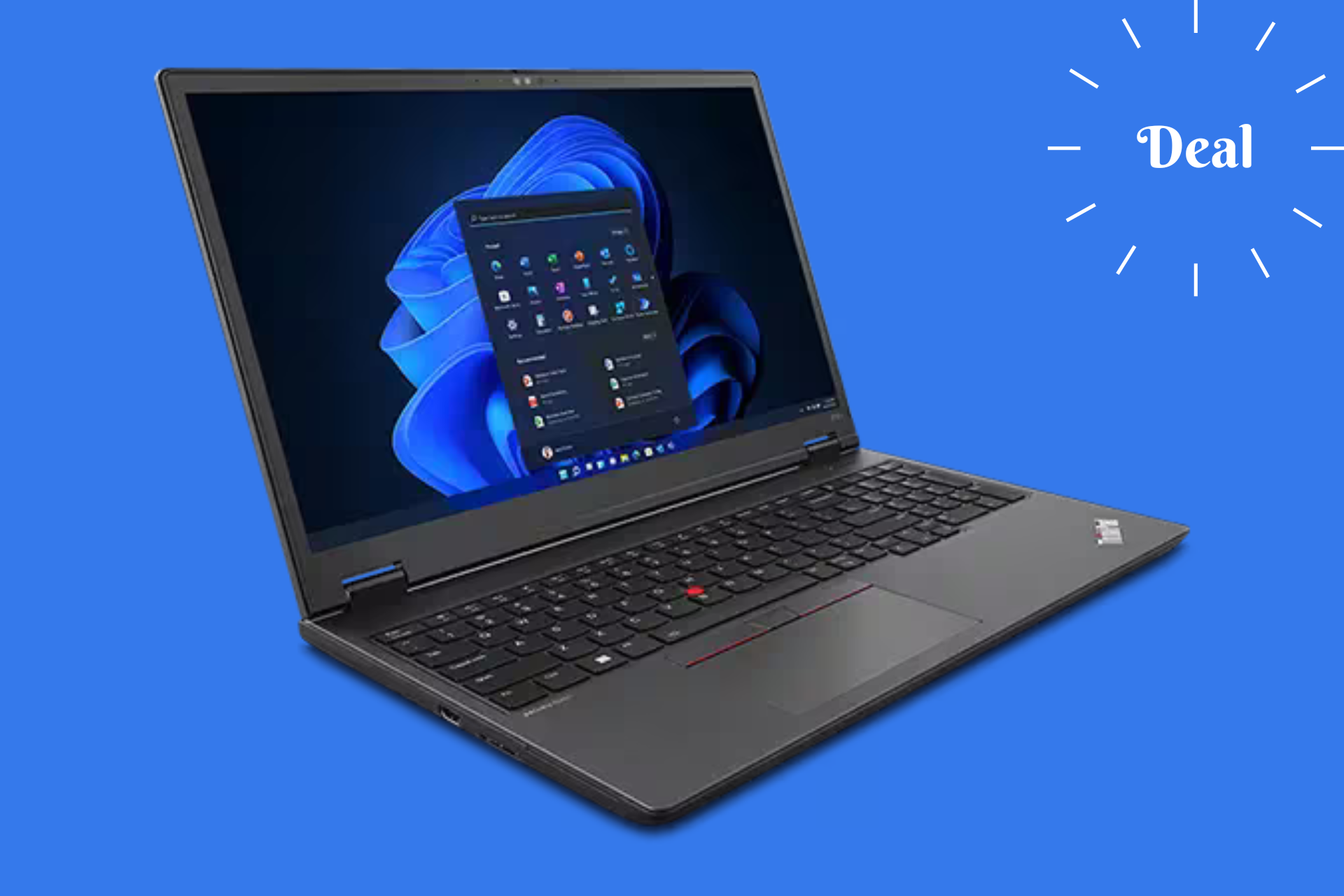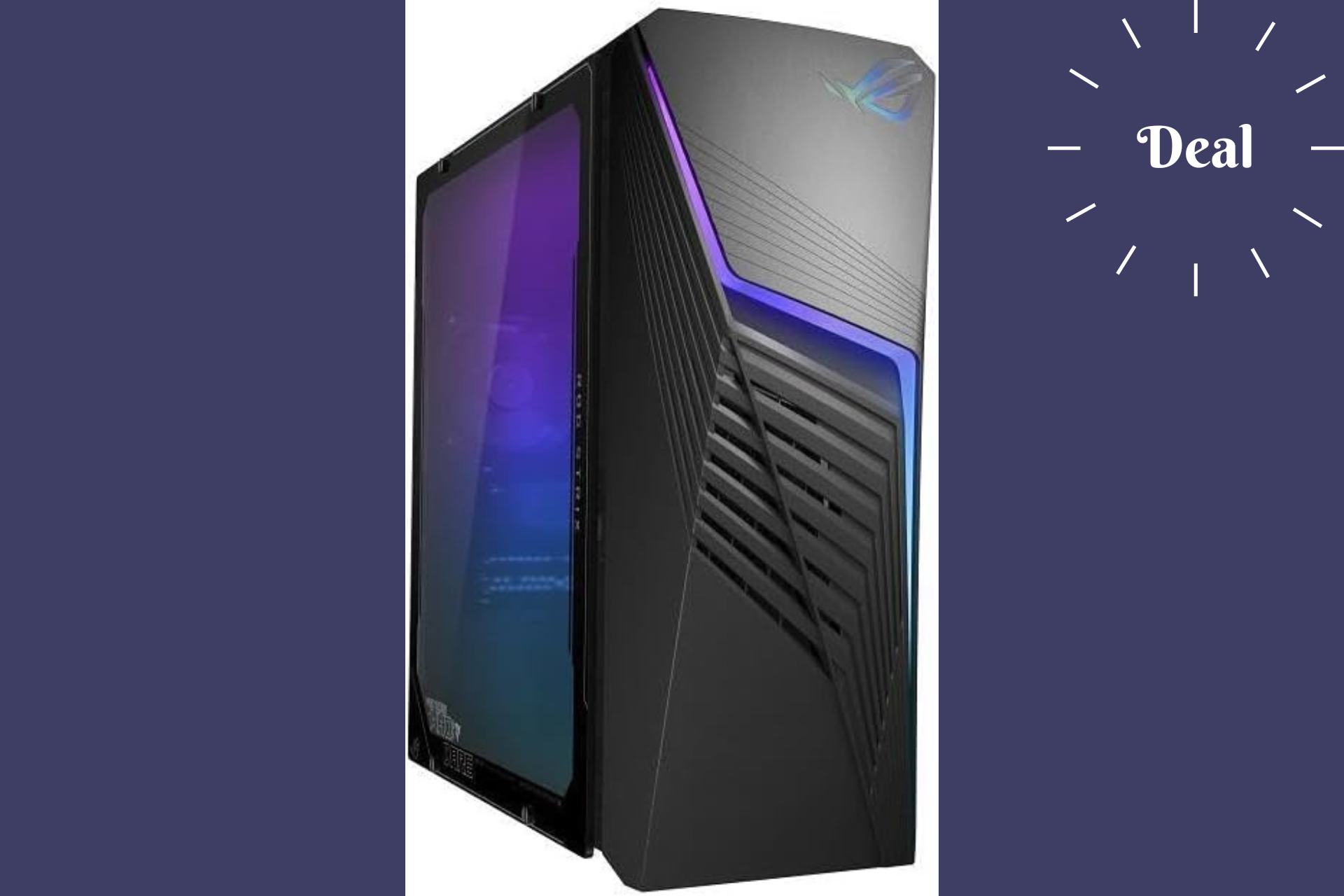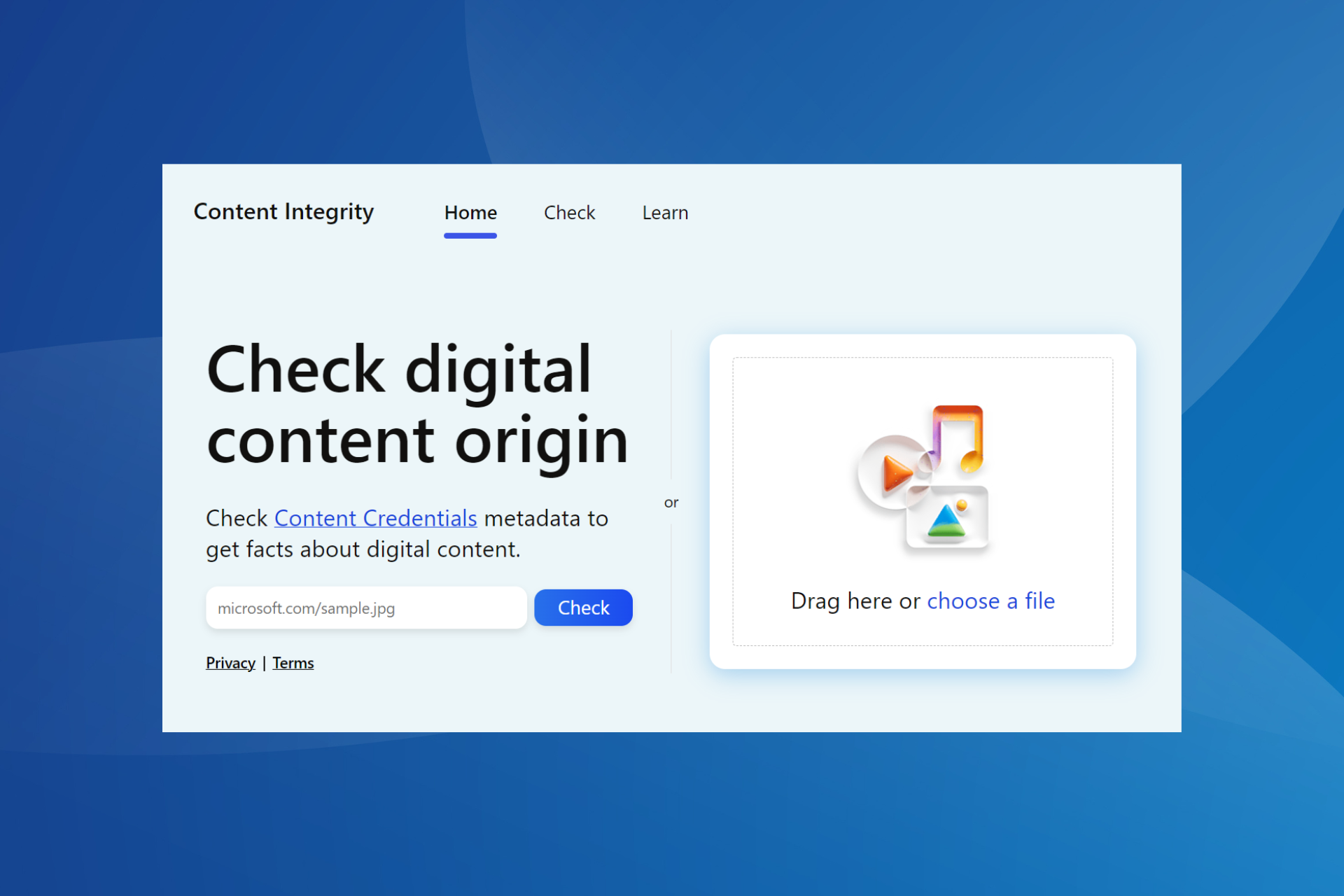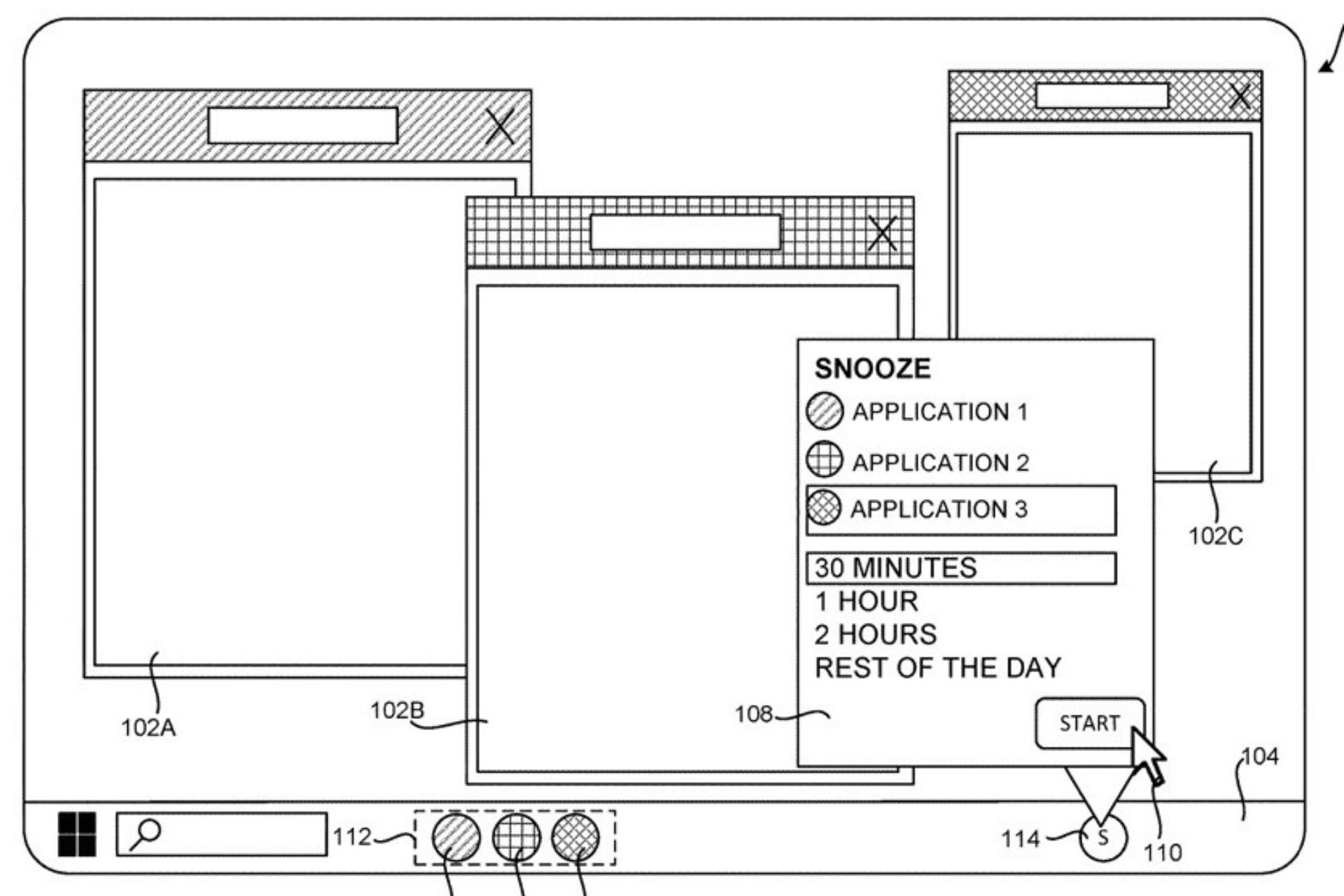Lumia 950 and 950 XL restart issue is a never ending saga
3 min. read
Updated on
Read our disclosure page to find out how can you help Windows Report sustain the editorial team Read more
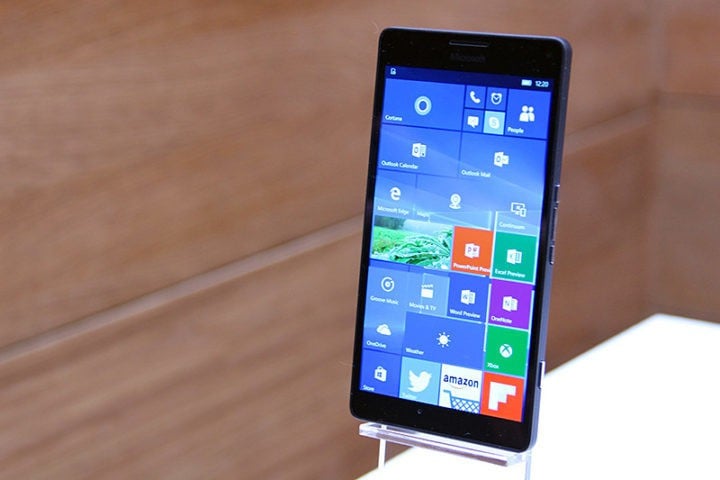
The Lumia 950 and Lumia 950 XL are two of the most powerful Windows phones offered by Microsoft. However, users often can’t take advantage of these two interesting pieces of technology because both phones reboot when users need them the most.
We’ve all had restart issues with our phones, but the Lumia 950 and 950 XL have been plagued by this problem ever since they were launched. What’s worse is that Microsoft keeps on using the ostrich policy when it comes to acknowledging and providing a fix for this issue.
If you check out this forum thread on Lumia 950 and 950XL restart issues, you’ll see that user complaints span 44 pages. The most interesting part is that Microsoft’s Support Team hasn’t posted anything on this thread — they haven’t even confirmed they took into consideration this issue, let alone provide a solution.
Here’s how users describe these random restarts:
Mine would restart while it was sitting on my desk. Nobody touched it or moved it, so there was nothing “jiggling” or “knocking on the screen”. One day I was just sitting there watching a video on my computer and I noticed it was restarting out of the corner of my eye.
The restarts on Lumia phones occurs for both Insiders and non-Insiders. The Windows 10 Mobile builds Microsoft has rolled out have so far been unable to fix this issue, as Insiders confirm.
The problem is extremely annoying as most Lumia 950 and 950 XL owners use the phone for business purposes. Also, sporting price tags of $600 should offer a superior user experience to what’s currently being experienced.
Judging by user experience, random restarts can be triggered by four main elements (although not all the elements below apply to all users):
- A microSD card with more than 64 GB
- Wi-Fi with 802.11ac or 5 GHz band:
Well, since changing the wireless network to use the 2.4GHz band it’s been up and running for just over 19 hours without a restart. I think it’s safe to say that there is some issue with using the 5GHz wireless connection. I hope that Microsoft has a fix that will address the issue. Anyway, the installation of the SanDisk 64GB micro SD card doesn’t seem to cause restarts / reboots […].
- Applying the backup of your settings on your Microsoft account
- Enabling Bluetooth connections:
Disabling Bluetooth, or enabling Bluetooth only when I needed it, certainly seem to help keeping the random restarts down to a minimum.
Microsoft’s lack of response is definitely very frustrating for users. Since there seems to be no permanent fix for the restart issues on Lumia 950 and 950XL, the best solution would be to simply purchase another phone — despite much as you love your Lumia phone.
RELATED STORIES YOU NEED TO CHECK OUT:


